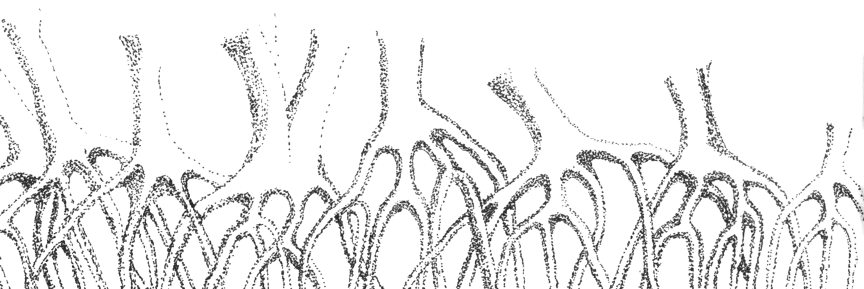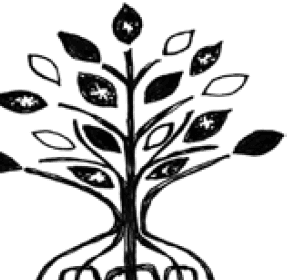Memoir
Milagros Dumdum
I was in Tagbilaran City, Bohol, teaching at the Divine Word College in the ‘70s when I first heard of a talented colegiala named Marj Evasco from the College of the Holy Spirit who figured in a stage play. I forget the play’s title, but it became one happy talk of the town. We did not meet though, Marj and I, for I saw her only from a distance; she was at that time busy interacting with fellow stage actors of the play at the entrance stairway of Divine Word College (now Holy Name University) where I taught English, Speech Improvement and Math for a year before I took my Master’s degree in Anthropology at Silliman University. I was in my twenties then, just graduated two years earlier, but brought to where I was because of my father’s assignment as a judge of the Court of First Instance in one of the branches of the Judiciary in Bohol. As I later discovered, the family would settle in the next nine years (1967-1976) on this rocky island of friendly locals with rich minds and kind hearts. Marj was certainly one gem whose true sparkle I chanced to witness only years after when another time would find us in a shared space — at the Department of Public Information, she at the Tacloban Regional Office, and myself at the Cebu Regional Office, meeting together with other regional office representatives nationwide in Tagaytay City during a week-long Program Genesis Workshop. Here, Marj quipped in our tete-a-tete, she saw us (Jun, Simeon Dumdum Jr., and myself) “fall in love.” Simeon was as well a participant in that Program Genesis workshop.
In 1977, Simeon, or Jun, as people would call him, and I got married. I, to him and his poetry. He, to me and my art (dancing and music) – a marriage which he essays in a poem, “The Poet Learns to Dance, The Dancer Learns to Write a Poem.”
Writing became the link between Marj and me. The Women in Literary Arts-Cebu, Inc., now thirty years in existence, of which I was for two terms its Chairperson, invited Marj and Merlie Alunan, both multi-awarded poets from the Visayas, to be WILA’s honorary members, even as they also became our mentors in various writing workshops that WILA sponsored.
I work until today as a financial advisor of a multinational company, Sunlife Financial, which has been operating in the Philippines for 126 years. In its 100th year in 1995, I was so delighted and very proud to learn that my friend Marj wrote a book about Sunlife’s presence in the country, for which she visited Canada, the home of Sunlife. Marj eventually became my client— there was no escaping this. She could not but choose a good retirement plan from the country’s number one life insurance company today through an agent who could assure her of serving her policy for as long as she is with Sunlife and beyond, so to speak.
What Marj did next was, to me, life-changing. I was compiling my poems, a haiku sequence, for my possible maiden publication when I was sick of persistent back pain, which made me stay home for some time. I hesitated to publish it, unsure of how substantial a collection it was. But the journey of a haiku a day for nine months was healing me from my back pain. There I was with my baby, my haiku and I, waiting for willing arms to carry and introduce us to the world. Marj, with her angelic spirit, did the much-awaited Introduction for my first book, “Falling on Quiet Water.” I had my first book born on the day I turned 70, never mind the late blooming.
My second book, “The Feel of Light Rain,” also a haiku sequence, came two years after, in 2019. Before the pandemic set in the country, another book, “The Sigh of a Hundred Leaves,” a renga, on which my husband and I collaborated, was launched in January 2020. Marj, I believe, was one of those who obtained copies of these works.
A third book is waiting to be published, this time a haibun collection, perhaps before the turn of 2021. The title is “Moving with Moonrise.”
And thus, I move on, writing with the rhythm of days, soaring in the spirit I have learned from writer friends like Marj.








